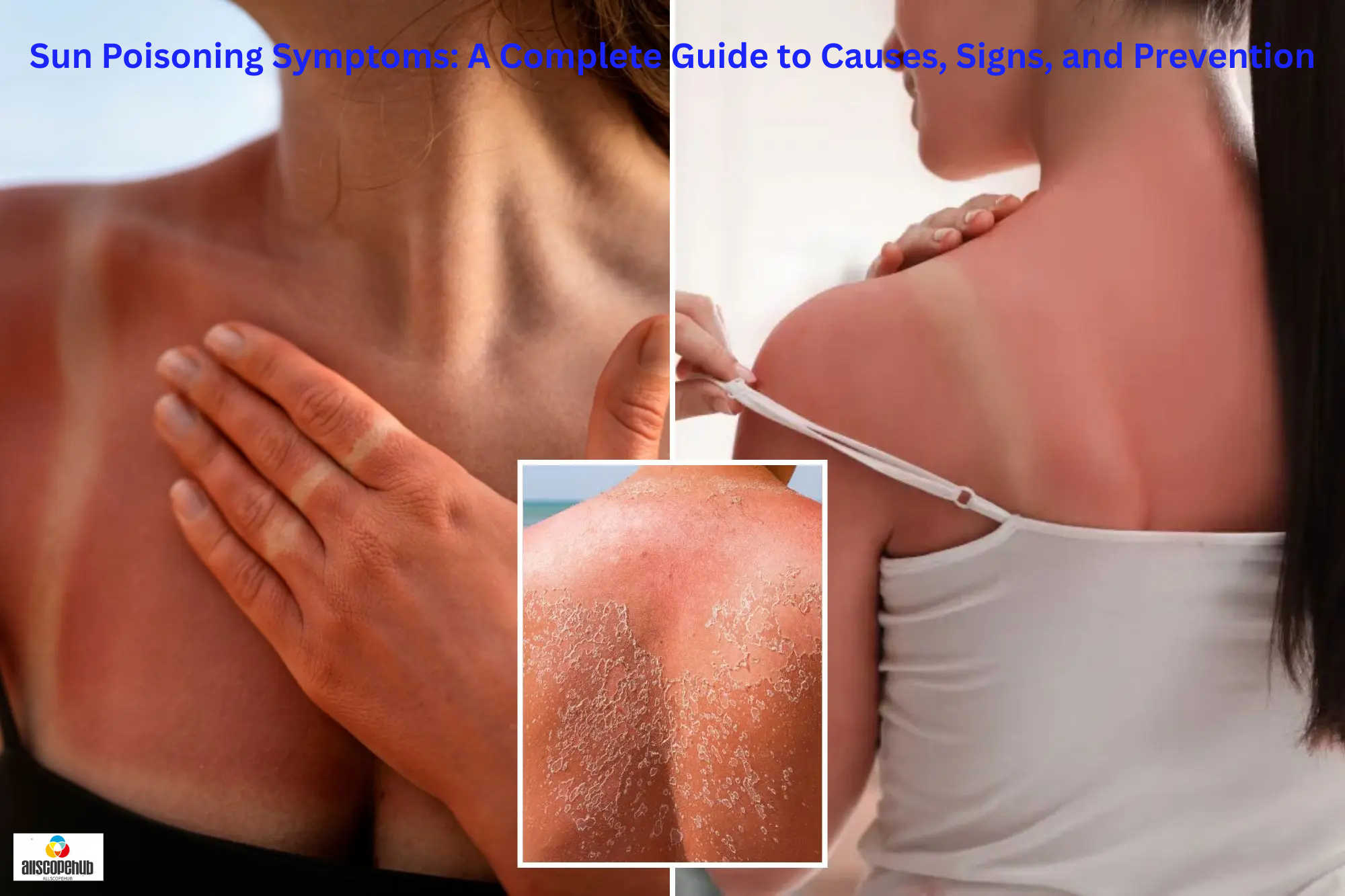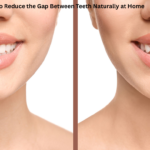You Think It’s Just Sunburn? Think Again
Ever spent a day at the beach, only to come home red, dizzy, and feeling like you got hit by a truck? Yeah, me too. I thought I just got a bad sunburn. But it turns out to be something way more serious: sun poisoning. Most people have no idea how dangerous it can be.
Here’s the deal:
If you spend too much time in the sun without proper protection, your body can overheat. It’s not just your skin that gets burned. You can get sick. Really sick. That’s why I created this guide. To help you spot the symptoms, understand what causes it, and most importantly, how to prevent it from ruining your summer—or worse, your health.
What Are Sun Poisoning Symptoms?
Sun poisoning isn’t some made-up term. It’s basically a nasty sunburn that comes with extra nasty symptoms. It happens when your body reacts to too much UV exposure. Here’s what to watch out for:
- Red, swollen skin that hurts to touch
- Blisters or skin peeling
- Headaches or dizziness
- Nausea or vomiting
- Fever or chills
- Dehydration (dry mouth, dark pee, fatigue)
- Confusion or fainting (in extreme cases)
If you’re dealing with more than just sore skin after being in the sun, it might be sun poisoning.
Expert Tip: “Sun poisoning is your body’s way of saying, ‘I’ve had enough.’ It’s not just about skin damage, it’s a full-body reaction,” says Dr. Natalie Brooks, a dermatologist with over 15 years of experience.
What Causes Sun Poisoning?
Let’s keep this simple. Sun poisoning is caused by excessive sun exposure and inadequate protection. But here are the specific triggers:
- Being outside too long during peak sun hours (10 AM to 4 PM)
- Fair skin or sensitive skin types
- High altitudes or places with reflective surfaces like snow or water
- Skipping sunscreen or using a low SPF
- Some medications (like antibiotics or acne meds) make your skin more sensitive
- Health conditions like lupus or eczema
Quick stat:
According to the CDC, about 1 in 3 adults in the US gets sunburned every year. Many of those cases turn into sun poisoning because people don’t take it seriously.
Case Study: A Weekend Gone Wrong
Let me tell you about my friend, Jake. He went hiking in Colorado. Cloudy day, high altitude, cool breeze—seemed harmless. He didn’t wear sunscreen. By evening, his arms were red and sore. By midnight, he had a fever and chills and couldn’t keep food down. He thought it was food poisoning. It wasn’t. His doctor confirmed it was sun poisoning.
What is the moral of the story? Even when it doesn’t feel hot or sunny, UV rays can still harm you.
How to Treat Sun Poisoning at Home
First, don’t panic. If your symptoms are mild, you can manage them on your own. Here’s how:
- Get out of the sun right away.
- Cool down your skin with a damp cloth or a cool bath, not an ice-cold one.
- Drink lots of water. Dehydration makes everything worse.
- Use aloe vera or calamine lotion to soothe the skin.
- Take pain relievers like ibuprofen for headaches or soreness.
- Don’t pop blisters. They help your skin heal.
- Rest. Your body needs time to bounce back.
Nurse Jenna Cross says, “Sun poisoning recovery is like having the flu and a bad burn at the same time. Treat it seriously. Rest, hydrate, and give your body time.”
If symptoms get worse after 48 hours, or if you feel confused, extremely weak, or can’t stop vomiting, go to urgent care or the ER. (Mayo Clinic)
When to See a Doctor
Not sure if it’s serious? Here’s when to get help:
- Fever over 101°F
- Blisters covering a large area
- Dizziness or fainting
- You can’t keep fluids down
- Signs of infection (swelling, oozing, increasing pain)
Don’t wait it out if it feels off. It’s better to be safe.
Fun fact: Some cases of sun poisoning can turn into sunstroke, which can be life-threatening if untreated.
How to Prevent Sun Poisoning: 7 Easy Tips
- Use sunscreen with an SPF of 30 or higher. Reapply every 2 hours.
- Wear protective clothing, such as hats, long sleeves, and sunglasses.
- Avoid peak sun hours when UV rays are strongest.
- Check your meds. Ask your doctor if they cause sun sensitivity.
- Stay in the shade, or bring a beach umbrella.
- Drink plenty of water, especially in hot weather.
- Use a UV Index app to track risk levels before going outside.
Pro tip: The higher the altitude, the stronger the UV rays. Even cloudy days can burn you.
Final Thoughts: Don’t Wait Until It’s Too Late
I used to think sunburns were just annoying. A few days of peeling and you’re fine, right? But sun poisoning changed how I see it. It can knock you down for days and even land you in the hospital.
If you’ve had symptoms before, take them seriously next time. Prevention is way easier than treatment. Keep sunscreen in your bag. Pack a hat. Drink water like it’s your job.
My advice?
Treat the sun with respect. It’s fun, sure. But it can also mess you up if you’re not careful.
Call to Action: Be Sun Smart Starting Now
Don’t wait until you’re red, dizzy, and regretting your day at the lake. Start building sun-safe habits today. Share this guide with your friends. Remind your kids, your partner, and your coworkers.
The sun doesn’t care if you’re having fun. Protect yourself anyway.
Stay safe. Stay smart. And enjoy the sunshine the right way.



